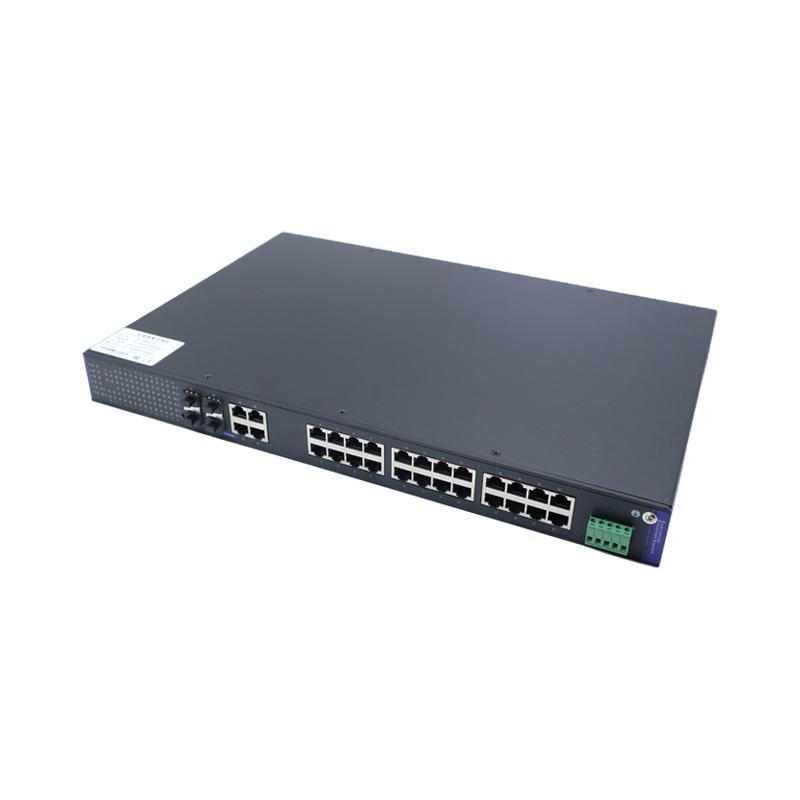In today’s connected world, where digital connectivity is vital for businesses, institutions and individuals, network switches play a key role in ensuring efficient data transfer and network management. These devices serve as the backbone of local area networks (LANs) and are indispensable in facilitating seamless communication and data exchange in various fields.
Improve network efficiency:
Network switches are primarily used to connect multiple devices within a LAN, such as computers, printers, servers, and other network hardware. Unlike older technologies like hubs that simply broadcast data to all connected devices, switches can intelligently send packets only to the devices that need it. This feature significantly reduces network congestion and improves overall efficiency, resulting in faster data transfer rates and smoother network application performance.
Supports multiple applications:
The versatility of network switches spans different industries and applications:
Business and Enterprise: In enterprise environments, switches are critical to creating a strong and secure internal network. They enable employees to efficiently access shared resources such as files and printers, collaborate seamlessly through video conferencing and VoIP services, and use quality of service (QoS) capabilities to support critical applications by prioritizing data traffic.
Education: Educational institutions rely on switches to connect classrooms, administrative offices, and libraries, providing easy access to online resources, e-learning platforms, and administrative databases. The switches ensure reliable connectivity for students, faculty and staff across campus.
Healthcare: Hospitals and healthcare facilities use switches to manage electronic health records (EHRs), medical imaging systems, and telemedicine applications. The reliable network connectivity provided by switches is critical for patient care, emergency communications, and administrative operations.
Telecommunications: Telecommunications companies utilize switches in their infrastructure to route voice and data traffic between customers, ensuring reliable service delivery and maintaining network uptime.
Smart Home and IoT: With the rise of smart home devices and the Internet of Things (IoT), switches play an important role in connecting and managing devices such as smart TVs, security cameras, smart appliances, and home automation systems. They enable homeowners to seamlessly control and monitor their connected devices.
Progress and future trends:
The development of network switches continues to evolve with technological advancements, such as:
Fast Ethernet: From Gigabit Ethernet to 10 Gigabit Ethernet (10GbE) and beyond, switches are adapting to meet the growing demands of bandwidth-intensive applications.
Software-Defined Networking (SDN): SDN technology is changing network management by centralizing control and programmatically configuring switches to enable dynamic, flexible network environments.
Security enhancements: Modern switches integrate advanced security features such as access control lists (ACLs), port security, and encryption protocols to prevent unauthorized access and network threats.
in conclusion:
As the digital environment evolves, network switches still play an integral role in enabling seamless connectivity and efficient data management across various departments. From increasing enterprise productivity to supporting critical services in healthcare and education, network switches are indispensable tools for building and maintaining reliable and scalable networks. As technology continues to advance, Todahike remains committed to innovating and delivering cutting-edge network switch solutions that enable organizations and individuals to thrive in an increasingly connected world.
Post time: Jun-22-2024




